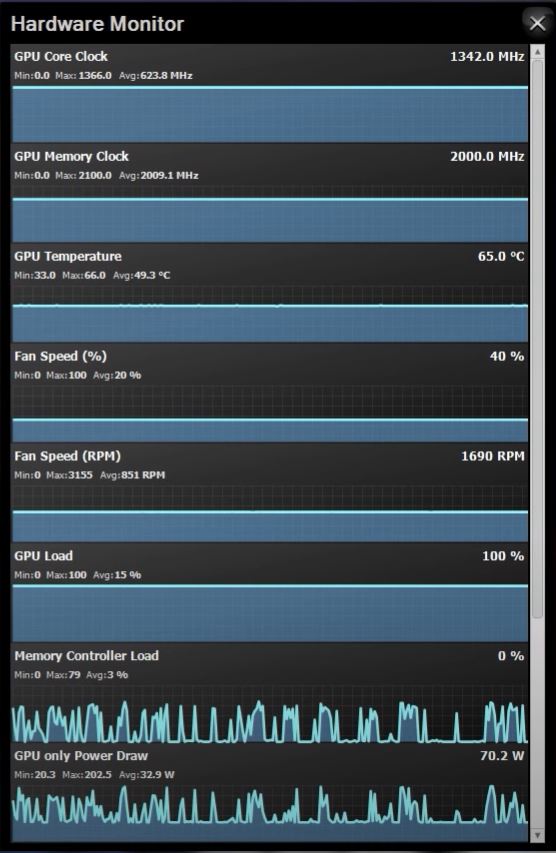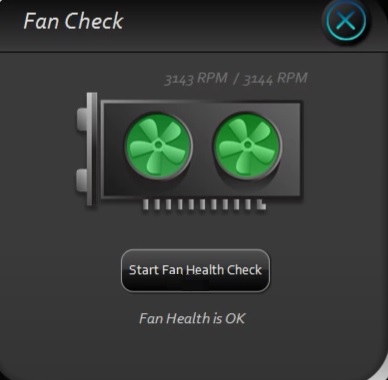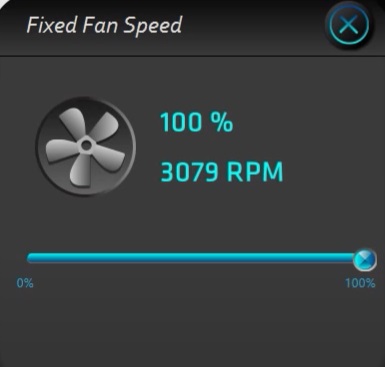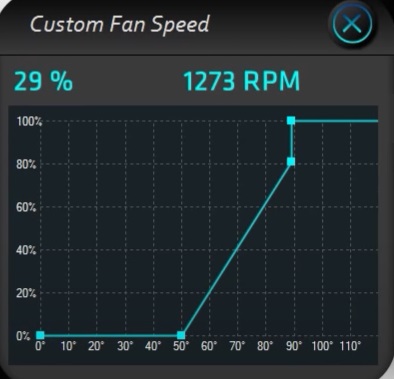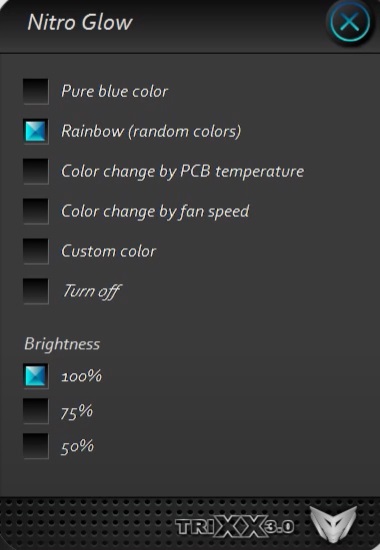The most recent release of this application, SAPPHIRE TriXX 7.5.0, is your new and improved ticket to caring for and getting the most out of your GPU. It comes with the latest cutting edge TriXX Boost, Fan Check, and the NITRO Glow feature which are specifically designed to unlock and harness the power of your GPU to get the most productivity and best functionality out of it.
Get The Sapphire TriXX 7.5.0
To download the Sapphire TriXX application version 7.5.0, click on the following link: download. This will download the installer directly from the Sapphire Tech website. Once the download completes, locate the installer and run it with administrator privileges. Follow the on-screen instructions until the installation completes and then launch the application.
Using the Sapphire Trixx Application
The newest release of the Sapphire Trixx application (the version 7.5.0 after the previous version 7.3), comes with a fine-tuned and amped up bold design interface that goes hand in hand with the improved functionality and integration of the application. In the main menus, you’ll find options that give you a quick snapshot glimpse of the Graphics Card Info, access to its overclocking settings and options, access to controlling its fans for optimal performance, and a wide variety of other settings to tweak your GPU to exactly how you want to use it.
Overclocking Your Sapphire GPU
In the main application interface, you will be able to view the complete clocking and frequency parameters of your graphics card and will be able to adjust it according to your overclocking needs to amp up and boost the performance of your Sapphire graphics card. The core clock, memory clock, and GPU frequency, and base clock parameters are adjustable to achieve your desired performance preset. Through the graphics card parameter adjustments, you can define four distinct user setting profiles for different levels of GPU usage, but bear in mind that setting these values to unsuitable ones can cause your system to crash and in fact damage your graphics card in the process as well. It is important to make minor adjustments and pay attention to the impact it has on your hardware and performance before deciding to implement a particular combination of metric parameters. To carry out your overclocking, adjust the following sliders:
GPU Clock (located on the center-left of the application interface)Memory Clock (located on the center-right of the application interface)Power Limit (located in the left half of the application interface beside the GPU clock slider)GPU Voltage (located at the center of the application interface)
All of these sliders are adjustable directly, but as with any overclocking attempt, we advise tweaking these slightly to boost your performance and testing for stability by waiting 10 minutes between subsequent increments. To overclock your graphics card, you will essentially need to: To perform the overclocking, Be sure to save your increments into a separate user-defined profile aside from the standard base one that you have kept stored in the first slot. In the other four slots, circulate between each and save the new setting into the next profile slot so that if it doesn’t sit well with your system then you can revert to an already pre-determined base setting in another profile slot prior to the error that has occurred from the new increment. Practically, this means that you should save your first tweak in slot two, then the next one in slot three, then the next one in slot four, then the next one in slot five, and after having filled all of these slots up, save your next one back in slot two and continue the cycle onwards to three, four, five, and back around.
Controlling Your Fan Speeds
Overclocking will increase your system’s performance, but this will be at the cost of your system heating up immensely. Hence, for this purpose (to aid your overclocking configurations) and generally (to optimize your fan performance and maintain its health), you can carry out a fan check and tweak its speeds to meet your system’s needs. To do this: The fixed and custom settings allow you to either set a permanent fan speed percentage for usage at all times or set a fan curve that adjusts its speed according to temperature the way you have defined for it to in your custom curve. If you would like to mess with neither, the “Automatic” preset option runs based off of the graphics card’s inbuilt algorithm to monitor the system’s temperature and adjust the fan’s speed accordingly as the system decides best.
Nitro Glow
Another cool feature of this application allows you to change the color of the graphics card’s SAPPHIRE light up alphabet display. You can choose to set the colors to the company’s standard pure blue or a rainbow random variation. The color of the light can also be adjusted to temperature or fan speed (which can be a neat indicator to have when you have overclocked your system or adjusted your fan speeds to a custom curve). You can also turn off the custom colors or turn off the light-up feature altogether. Beyond this, the brightness of this light-up display can also be adjusted between the provided percentage presets. To perform these changes, click on the torchlight icon at the bottom left of the application interface under the fan check icon. This will open up a new pop up box that will provide all the options listed above. Simply click on the Nitro Glow option that you would like and escape the pop-up display.
Final Thoughts
Throughout your tweaking and adjustment activities, a hardware monitor will be displayed on the left of your screen which will allow you to monitor the performance of your GPU Core Clock, GPU Memory Clock, GPU Temperature, Fan Speed, Memory only Power Draw, GPU only Power Draw, and the like. This graphical display will help you gauge whether performing certain tweaks amps up (graphically increases) your performance metric or adversely impacts it instead. Pay attention to this display when making any of your overclocking or fan adjustments to ensure that you are making the right-sized increments in the right direction as well. After implementing any adjustment, be it for the GPU’s overclocking, the system’s fan adjustment, or the variation of the GPU’s Nitro Glow feature, click on the green “Apply” button at the bottom left of the screen after every such change. Restart your computer and wait out the 10-minute stability stress test under regular usage to ensure that your system has responded well to the incurred adjustments.
How to Use AMD’s Ryzen Master 2.2 (May 2020 Edition) to Overclock your CPUHow to USE the MSI OC Genie to Overclock Your PCHow To Check & Improve Your RAM Health On Your PCHow to Overclock The Refresh Rate of Your Ordinary Old Monitor

